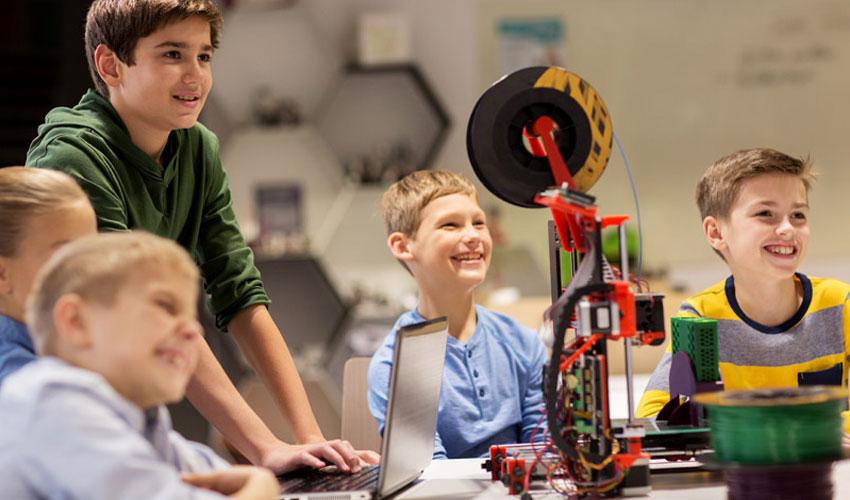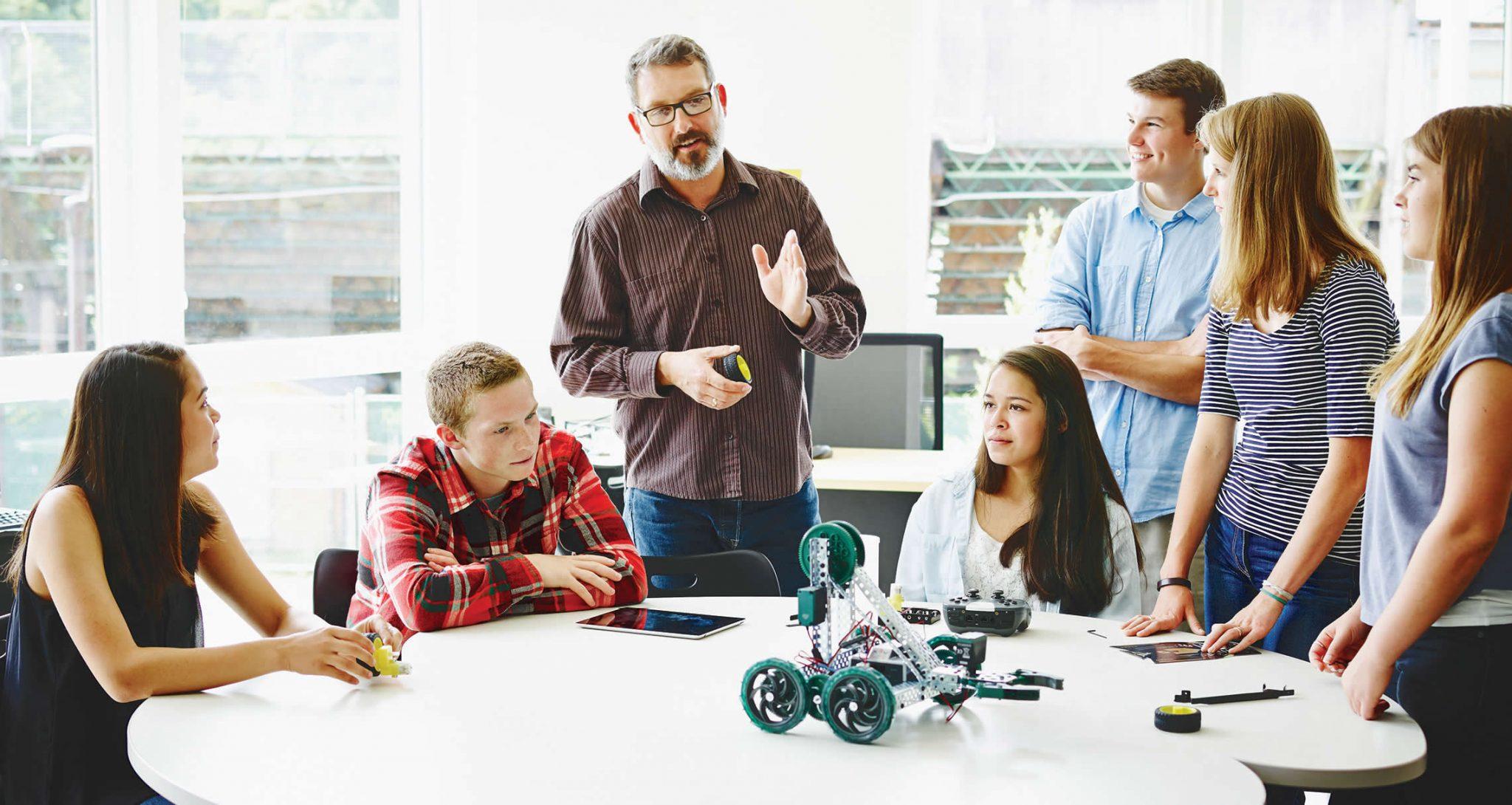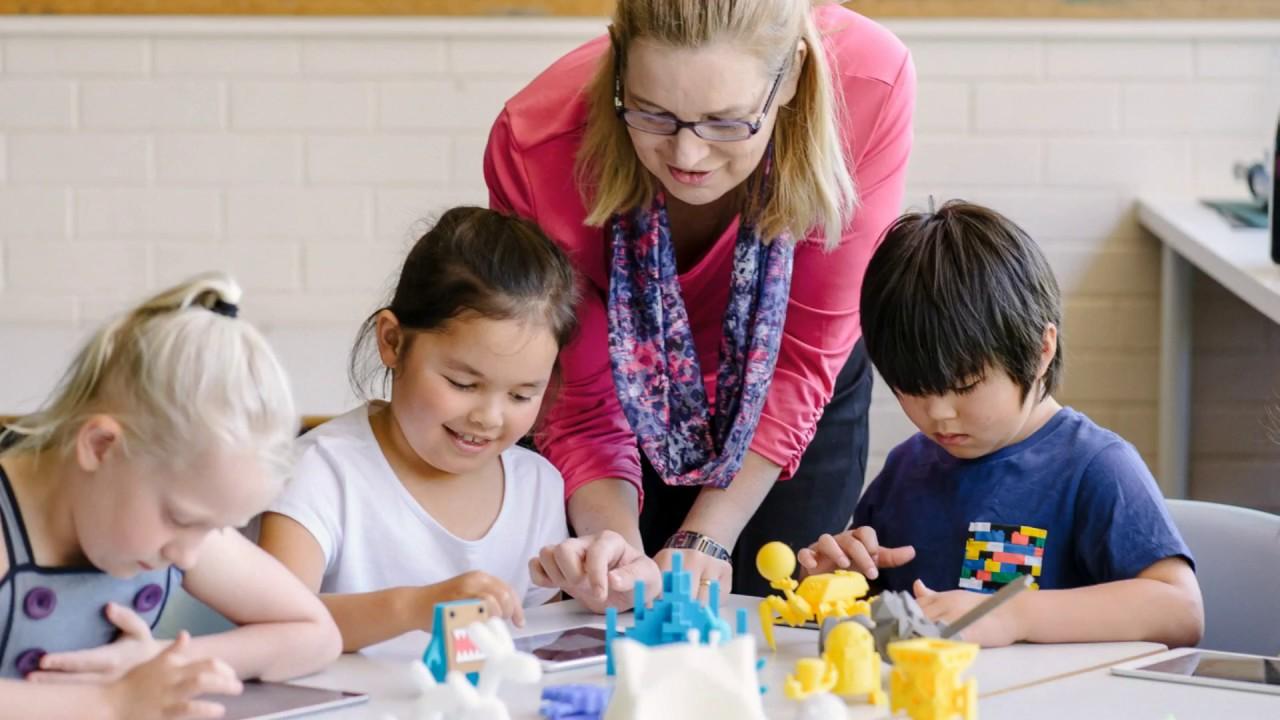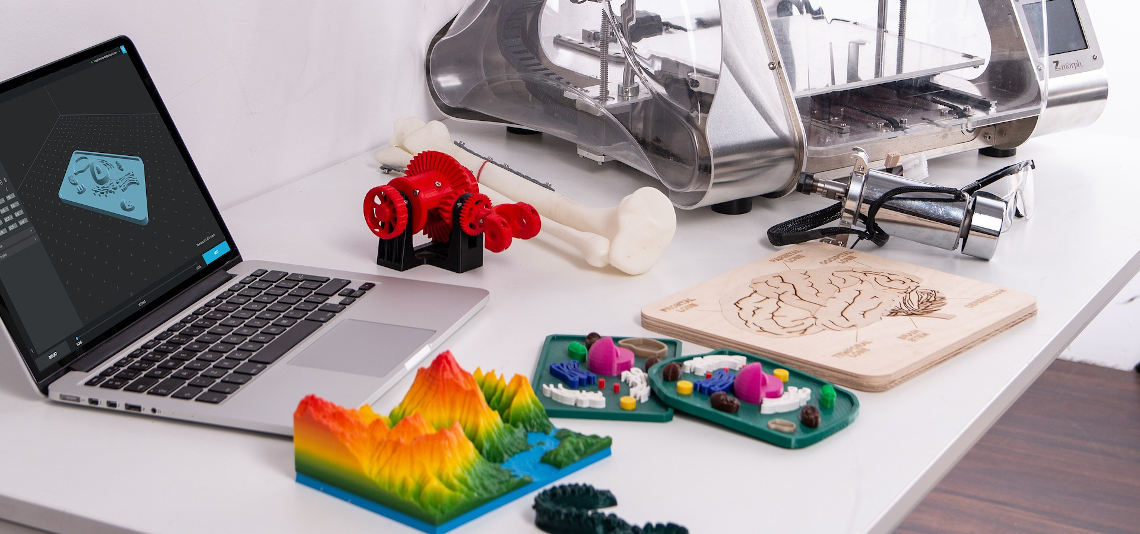In this age of human ingenuity and innovation, education has acquired an added importance in shaping the leaders of tomorrow. Technology plays a crucial role in making education more appealing and interesting for teachers and students alike.
The advent of additive manufacturing has brought about an interesting twist in this relation between education and technology. Utilization of 3D printing in education has served to enrich learning experiences in schools and has made complex and advanced professional degree courses that much easier to impart.

Read more: 3D printing in schools: Is it worth it?
What is 3D printing?
A 3D printer works just like your regular printer – only it prints objects at your command. Instead of using ink, 3D printing technology uses more substantive materials such as plastics, metal, rubber, and so on.
The printing process is a little more complex than regular printing. With the help of 3D scanners, a 3D model is first created of the object that is to be printed. It then breaks this model down into layers which are then converted into a physical object.
3D printing in education
Educators of today have the added responsibility and duty of being visionaries who can truly foresee where the future is headed and incorporate changes in instructional designs accordingly. Today’s classrooms are spaces for practical application and hands-on discovery.

Technology, not surprisingly, has become an integral part of classroom learning. Due to the versatile nature of its applications, 3D printing has become a facilitator for imparting real-world application and knowledge in education. This is especially true for the domains of mechanical engineering, mathematics, medical science, and architecture.
Schools, universities, and other forms of educational institutions are gradually waking up to the reality of Industry 4.0 and realize they cannot remain aloof. Many of these educational spaces have already integrated additive manufacturing technology into their classrooms and curriculums.
Here are just a few examples of 3D printing applications in education:
- Rapid prototyping for engineering design students;
- 3D model designs for architecture students;
- Recreation of historical artifacts for History students;
- 3D models of artwork for students of graphic designing;
- 3D prints of topography, demographics, or population maps for geography lessons;
- Injection molding application for cooking classes;
- 3D printed replacement parts for testing in the domain of automobile engineering;
- 3D models of molecules for chemistry students to study and learn from;
- 3D models of cells, viruses, organs, and other biological artifacts to aid biology and medical science students.
How 3D printing can benefit education
The evolution of additive manufacturing and 3D printing solutions is opening up new horizons in educational practices, across varied disciplines and degrees of instruction. Here are a number of benefits that this technology can bring in education:
Hands-on learning: 3D printing, with a practical, hands-on approach, helps to transform passive learners into active creators.
More interactive engagement: Introducing new technologies, just as was witnessed during the first wave of computer learning in schools, stimulates more interest and interaction between students themselves, and between students and their instructors.
Development of problem-solving skills: Leading educators have suggested that their students were able to develop problem-solving skills, self-directed learning, critical thinking, and perseverance with the introduction of 3D technology in classrooms.
Aids creativity and innovation: Experts of child development and psychology have stated the importance of imparting new ideas and methodologies in the formative years of children. Encouraging a child’s creativity is also empowering them to innovate without fear of being judged. Introducing and adopting 3D printing in schools as a learning methodology can serve both these purposes.
Bringing art back: There can be no doubt about the importance of art in school education. Indeed, art has already made a bit of a comeback with the advent of STEAM education. However, it is equally true that the limitless creative nature of 3D printing technology can enable designing at an elevated level. Not only this, but students will also have the chance to improve upon their spatial reasoning skills and 2D to 3D conversion understanding.
Creating responsible digital citizens: Using the innovation of 3D printing in classrooms will allow students to become and feel part of a unique community that promotes discussions around innovation. These discussions will further improve understanding, thus enabling the participants to become responsible digital citizens.
Read more: DOs and DON’Ts of teaching digital citizenship
Encouraging a feeling of fellowship: Educators are discovering the bonding capabilities of 3D print technologies as students become more interested in taking up projects in partnerships across grades.
Want more?
If the above-listed reasons are not enough motivation for you to consider the incorporation of 3D learning in your school, we add in the ever attractive incentive of low costs. 3D printers have become super affordable, precisely because their makers have realized the inclusive nature of the technology and how it can benefit one and all.

Are you looking for the best in class 3D printing service to enrich your classroom experience? The future is 3D. Are you the game changer?







